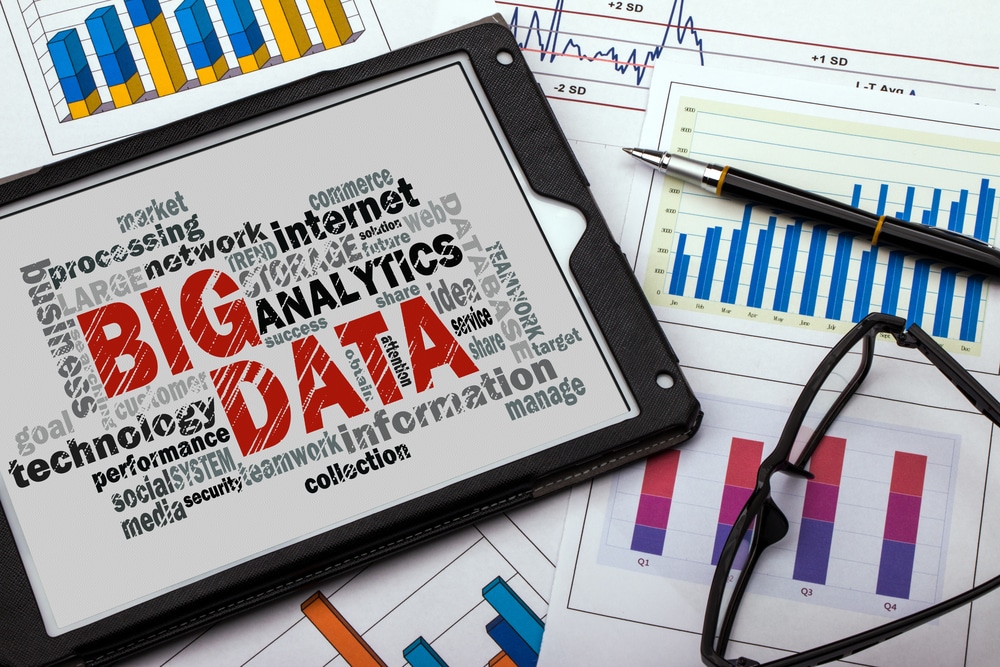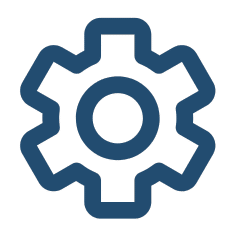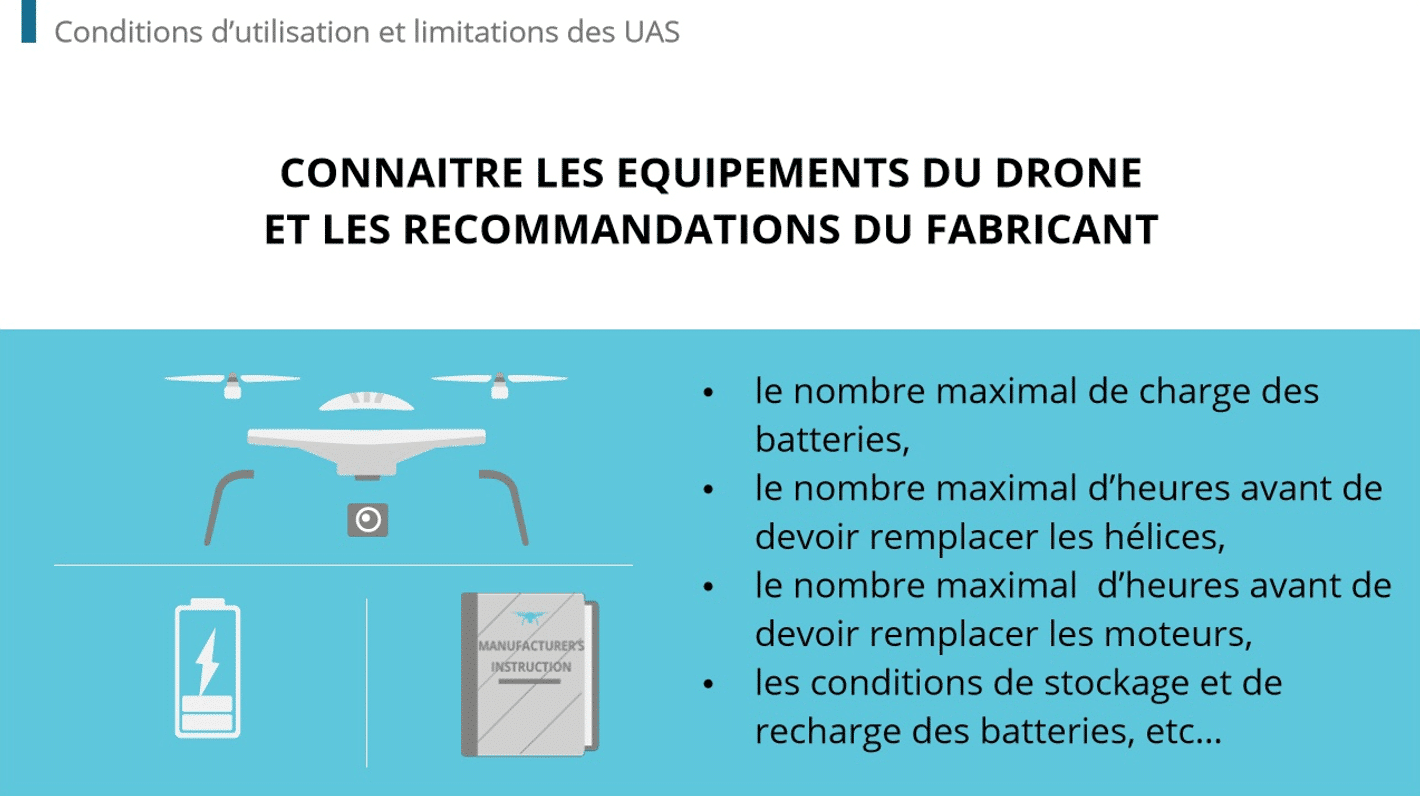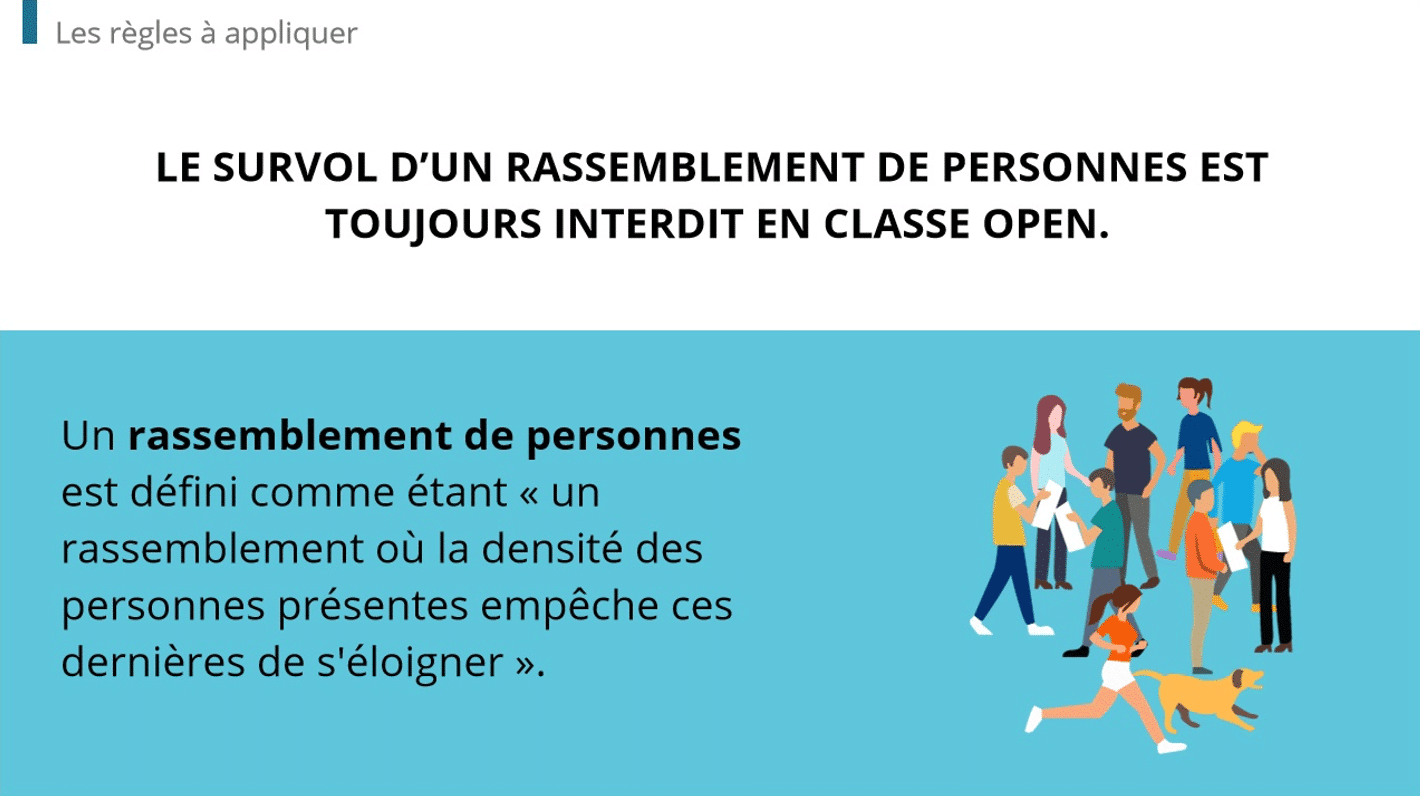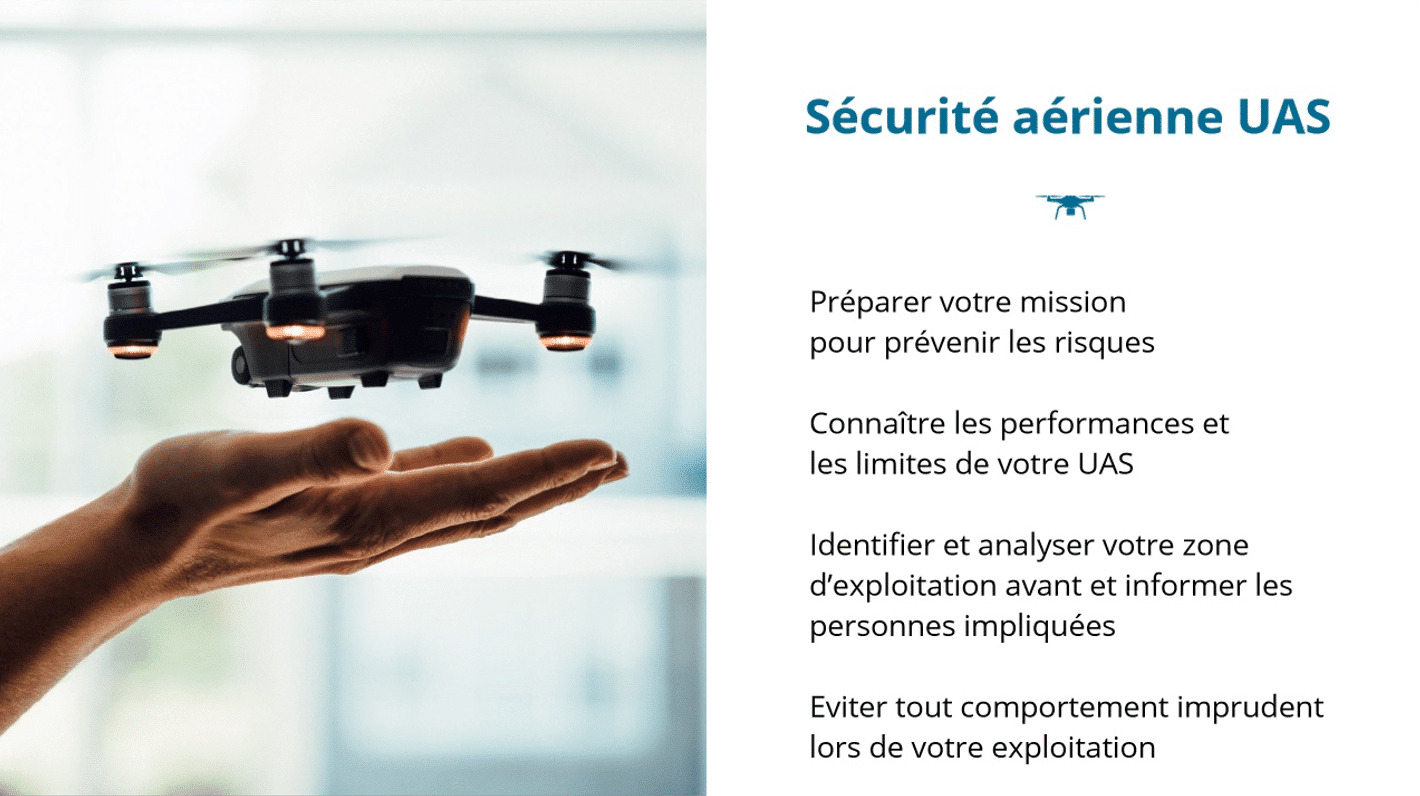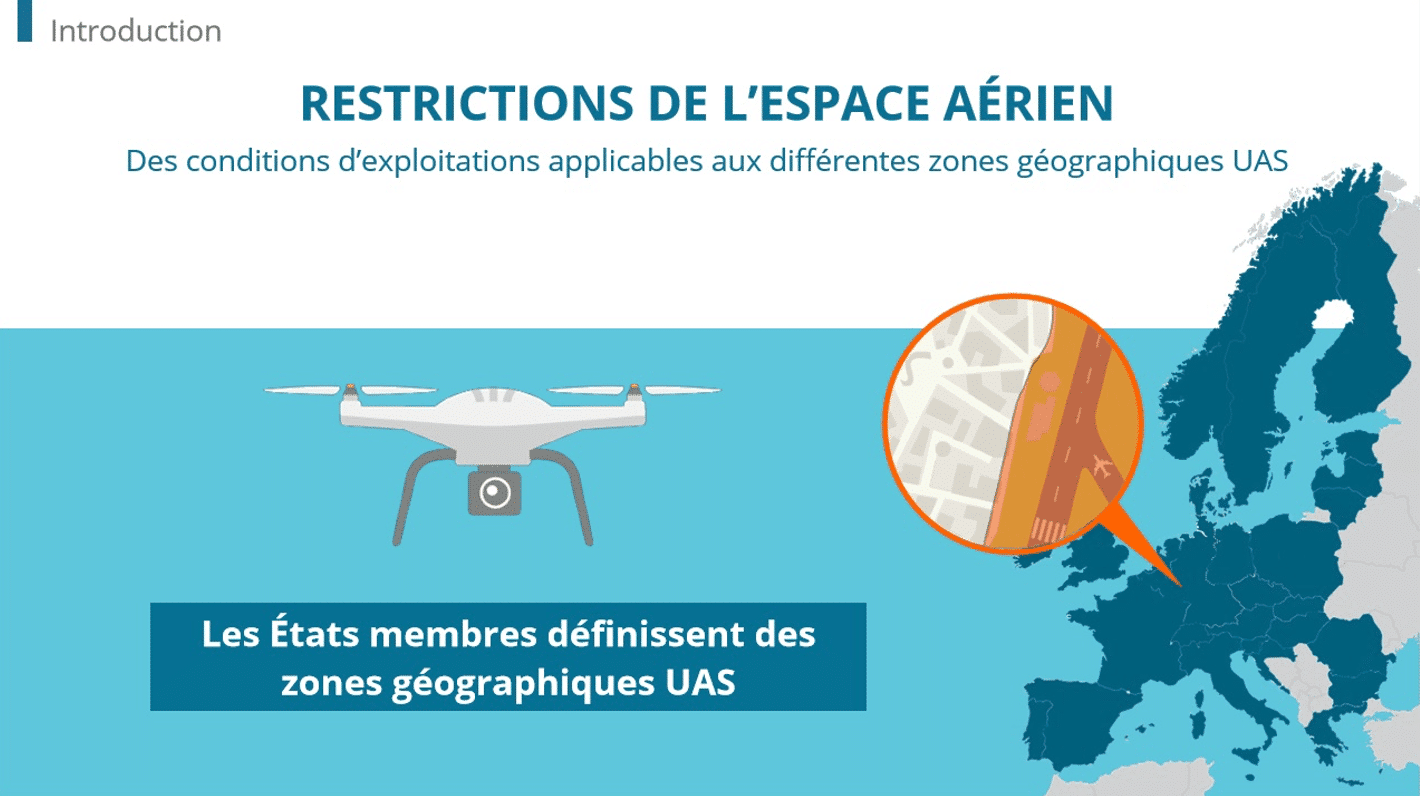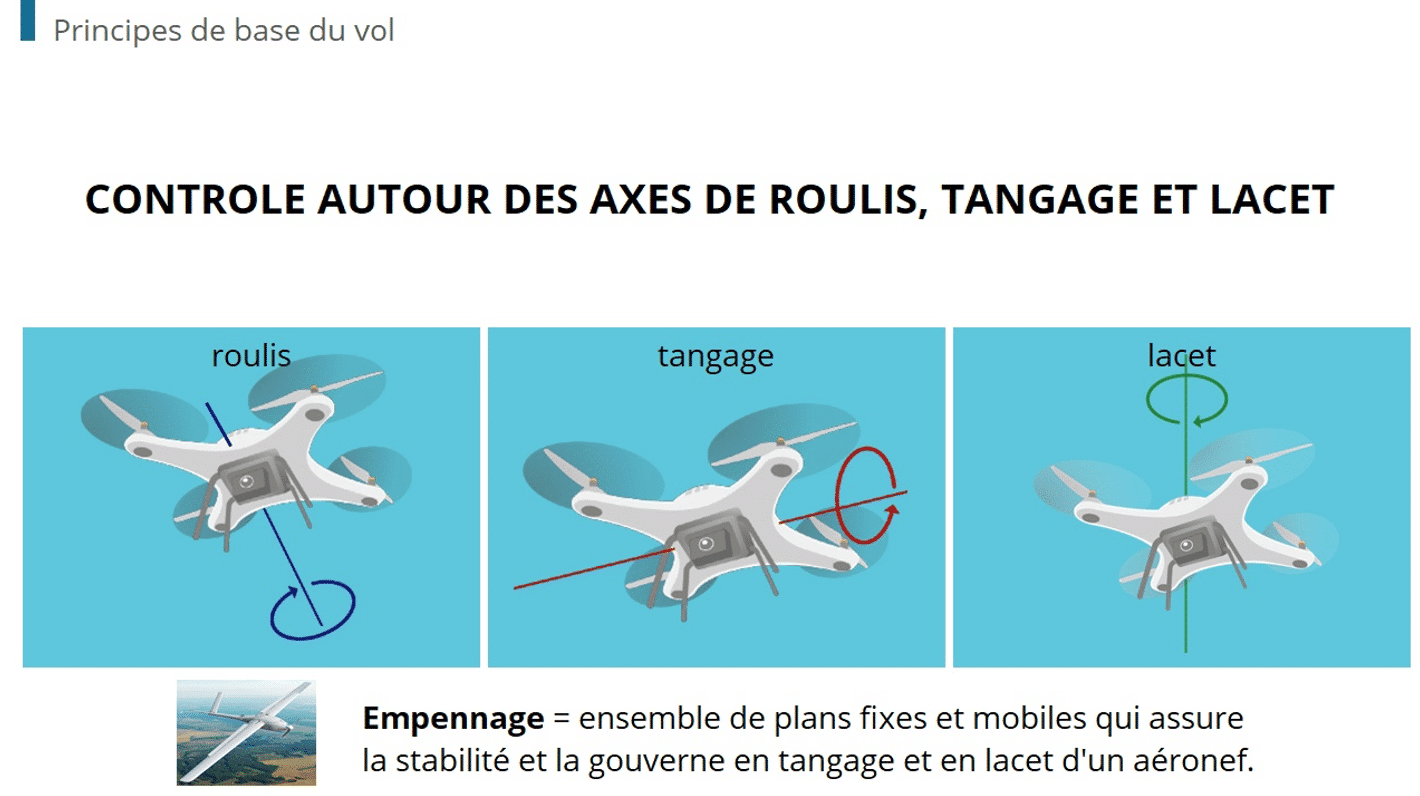Digital learning collects valuable information about learners. These 5 steps make it possible to optimise your strategic analysis of this big data.
The term might sound like a fad, but big data is a phenomenon that should be taken seriously. It presents many opportunities across the board, provided you know how to analyse the data obtained.
A strategy for successfully analysing big data
1 / Have a business development plan
Decide what’s relevant to include in the analysis and what to exclude. For example, what information would help you to identify memorisation factors for learners? Depending on training objectives, the company can determine the necessary data. Be aware this might mean initially putting other relevant information to one side.
2 / Anticipate difficulties with the analysis
Analysing big data is extremely complex. Include financial managers in the process, as they will be particularly implicated by the results. By working with them to document the framework of the analysis, it’s possible to identify effective methods to transform big data into relevant and useful conclusions.
3 / Refine your data collection
Now it’s time to seek the help of IT professionals and technicians to put in place the best analytical queries and algorithms. This means not only collecting data from learners but also presenting it in a way that’s clear and accessible to read. The more accurate the request, the easier the analysis.
4 / Have a maintenance plan
In addition to the business development plan, analysis of big data requires a lot of attention and frequent updates. You should regularly maintain the database and check that it aligns with business needs. The higher the amount of data and the more employees who become familiar with the tools, the more new questions will arise. For the analysis system to retain its value, it must adapt to this dynamic environment by anticipating potential surprises.
5 / Think about end-users
Whether they’re students or consumers, it’s important for the system to be easy to use by end-users, and respond to their needs. Be conscious of the tools to implement, and the level of interactivity and support on offer. Also, think about how the collected data is presented, through tables, graphs and other visual tools for large officers or employees of other departments.
Whatever your strategic goals, call Dokeos to arrange an elearning campaign structured around big data.

